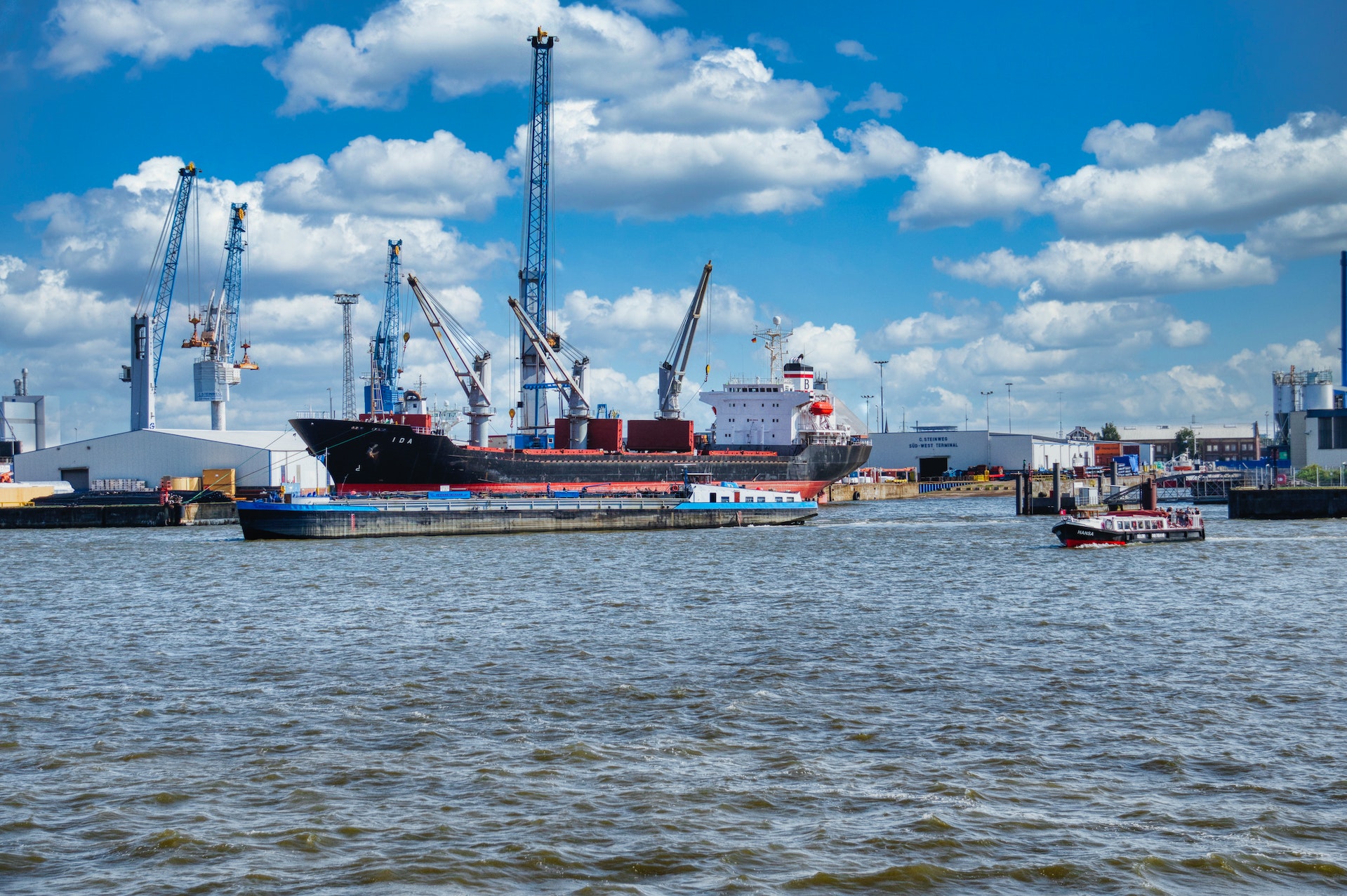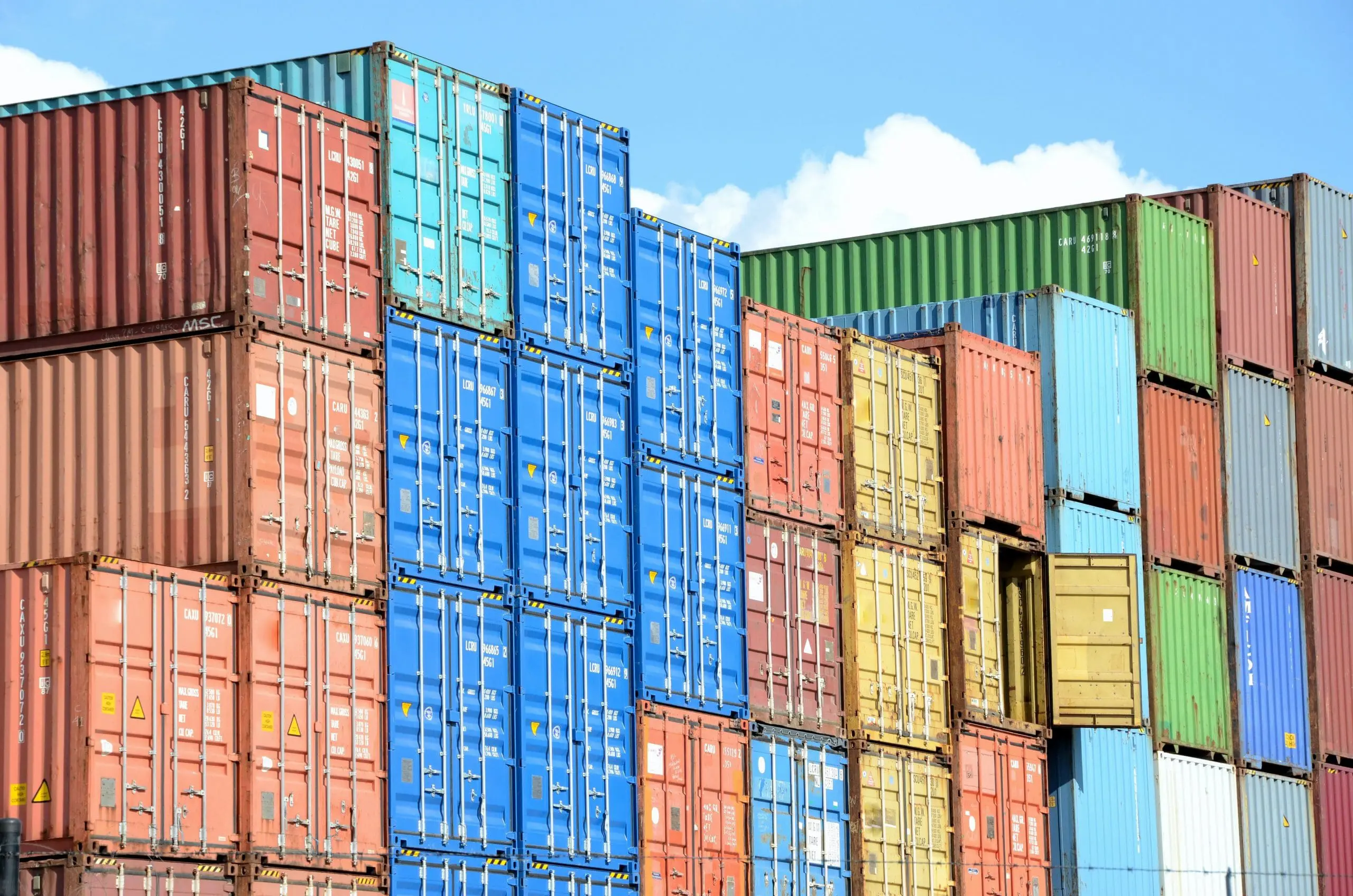The History of Southampton Port Shipping Industry

The History of Southampton’s Shipping Industry
Southampton Port has a long and fascinating history. Located on the south coast of England, the port has been a major gateway for trade and commerce in the region since Roman times. It is well known for its role in WWII as a troop embarkation point, but it also played an important role in developing Britain’s shipping industry over the centuries.
The port was originally settled by the Romans, who used it to import goods from their colonies in France. The city remained small until Henry V’s victory at Agincourt in 1415, which brought huge amounts of wealth to England and made Southampton an important port for transatlantic trade. This prosperity continued through Elizabethan times when the city became one of Europe’s most important ports.
During the industrial revolution, Southampton really came into its own as a hub for international trade. Large ships had started sailing to India, China and everywhere else across the world and the South East Coast of England was emerging as one of Europe’s main harbours. This period saw significant expansion at the port with new quaysides being built and deep-water channels added so that increasingly larger ships could access it directly from out at sea. This development allowed many new commercial opportunities to open up leading to rapid growth within British merchant shipping and related industries such as shipbuilding, rope-making and sail-making
In past century, containerisation has revolutionised modern shipping industry around the world but Southampton Port still remained one of Europe’s busiest container terminals. Last year alone the port handled more than 2 million containers rendering it among top 15 largest ports in Europe today.
Overall, Southampton can be described as an important landmark whose iconic harbour has contributed greatly towards advancement of maritime transportation throughout centuries while setting stage for globalisation today.

Romans and Vikings
The first recorded use of Southampton as a port dates back to 43 AD when it was part of the Roman Empire. The Romans used it as an industrial port to export pottery, grain, and other goods to other parts of Europe. Over time, Southampton became an important trading hub for Britain due to its strategic location on the south coast. In 889 AD, Viking raiders destroyed much of Southampton’s existing infrastructure and drove away much of its population. But despite this setback, trade continued to flourish in the area until 1066 when William the Conqueror made his famous invasion from Normandy and established himself as King of England.
Rise To Prominence
In 1148, King Stephen granted a charter that allowed ships from all over Europe to dock at Southampton’s docks without paying any taxes or duties – making it even more attractive to traders who wanted to do business in Britain. This marked the start of Southampton’s golden age as a major maritime city during which it became one of the busiest ports in Europe with ships arriving from all corners of the world carrying goods such as spices, tea, coffee, wine and exotic textiles from Asia and Africa. It was also during this period that many wealthy merchants built grand houses along what is now known as Oxford Street – giving rise to the city’s modern nickname “The City Of Merchants”.
By 1783, nearly half a million passengers were leaving or entering England via Southampton Port each year – making it one of Europe’s busiest ports for passenger traffic at that time. During this period, many famous passengers embarked on their travels here including Charles Darwin who left for his famous voyage aboard HMS Beagle in 1831 and Isambard Kingdom Brunel who departed on board SS Great Western in 1838 for his epic voyage across North America. Today, over 40 million passengers pass through Southampton Port each year while 2.3 million tonnes worth of cargo is shipped out annually – making it one of Britain’s most important commercial ports today!
The Titanic’s Maiden Voyage
Southampton is perhaps most famously known for being the port from which the Titanic departed on its fateful maiden voyage in 1912. In fact, over 900 crew members were from Southampton – more than any other place aboard the ship. What’s more, there was also a memorial service held at St Mary’s Church in Southampton to commemorate those who lost their lives on board.
The Biggest Container Terminal in Northern Europe
In 1977, Southampton opened its container terminal – now known as Western Docks – which quickly became one of Europe’s largest and most modern facilities for moving cargo containers. This development helped turn Southampton into one of the continent’s biggest ports and made it easier for ships to move goods faster than ever before. This allowed businesses from all over Britain to transport goods quickly and efficiently through Southampton Port.
Innovation Through Technology
In 2019, Southampton Port began using cutting-edge technology such as facial recognition cameras to help improve safety and efficiency around its dockside area. The new system scans passengers entering or leaving vessels for criminal records or suspicious activity and can be used by border officials to make sure people are entering or exiting legally. This technology enables border agents to accurately identify people without having physical contact with them, reducing potential security risks while maintaining high levels of accuracy. Today, Southampton Port is still one of Europe’s busiest maritime hubs with thousands of passengers travelling through each year on cruises and ferries to destinations around the world. The port also handles millions tons worth of cargo every year which helps keep Britain’s economy thriving. With its rich history and current success as a major global trade centre, there’s no doubt that Southampton will continue to play an important role in commerce for many years to come.
Conclusion
Southampton Port is not just an important gateway between Britain and Europe; it is also an integral part of British maritime history. From being homeport for many world-famous ships such as the Titanic, to pioneering new technologies like facial recognition cameras, it is clear that this historic port has had a significant impact on international trade throughout its long history. As we continue on into the future, there’s no telling what new innovations will come out of this bustling port city!

One Comment